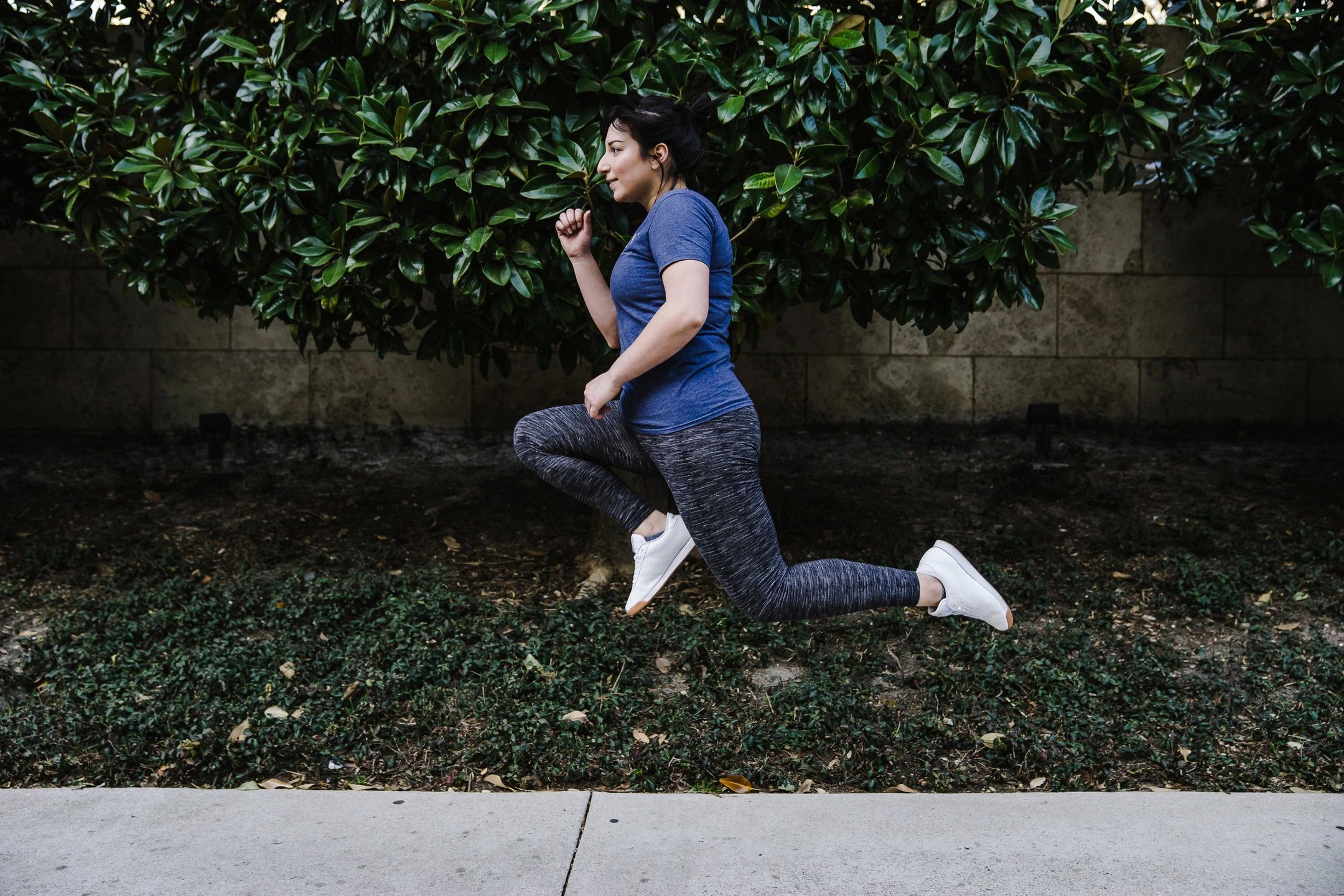With many people turning to home workouts over the past two years given COVID, you may be looking to add to your home gym set up. One of the easiest and most cost-effective ways to do so is to invest in some quality resistance bands.
If you’re like me, you may have only ever seen elastic resistance bands (typically made of latex) that come in several different colors and corresponding resistance levels but also have a terrible habit of rolling up or down your legs when you perform certain movements. I spent years battling with these bands before coming across the concept of thicker, fabric bands first recommended to me by another friend.
Fabric bands are typically loop bands used to target lower body muscle groups, such as the quads and glutes. They go around the thighs during squats, lunges, hip thrusts, bridging, etc. Some of the pros of these bands include increased comfort, less problems with the bands rolling up or sliding out of place, and increased resistance compared to the latex kind. Now you can buy these bands in packs of up to four bands with varying levels of resistance, some of them being extremely challenging. While these bands are heavily marketed towards females, everyone can benefit from adding them into their workouts to target the hip muscles, quads, and glutes as these muscles are important in preventing low back, hip, and sacral pain. Some cons of the fabric bands include less versatility, the possibility of them stretching out over time, and decreased motion with some exercises due to the higher levels of resistance and rigidity. Regardless, this type is my particular favorite and staple in my lower body workouts. You can find them sold in packs on Amazon and in some stores (but I’ve found the best deals online).
With that being said, I do believe latex bands serve their own purpose. They typically have a starting resistance much lower than the fabric bands and therefore are a great option to incorporate into your rehab program after injury or surgery under the guidance of a licensed physical therapist. This is why you’ll likely see these latex bands (or non-latex of the same style for those with allergies) in the rehab setting since you can start with lower resistance and gradually work your way through the colors as you progress through your plan of care.
I personally have a set of both types in my home gym. I use the fabric bands when I want to focus on increased resistance and loading of the muscle (typically the glutes). When I want to facilitate increased mobility during strength training, I use the latex bands because I can get more movement during reps as these bands are typically not as stiff as the fabric bands. It’s important to work throughout the joint’s full range of motion – not for every exercise but in a well-rounded strength training program to optimize strength gains and flexibility. For this reason, you can see why it would be beneficial to use one band for greater resistance and smaller range while the other for perhaps less resistance throughout a more full range. Additionally, the latex bands can be used for some upper body exercises, so they are multi-functional.
Overall, it really depends on what your goal is with a particular exercise. I encourage you to go through a little bit of trial and error while being really mindful as to why you are performing a certain exercise. Understanding how the exercise is intended to target a muscle group and whether you are going for power, strength, or endurance will help you determine which band would be optimal (but that’s a topic for another article!).
Have you tried fabric bands? What did you think of them? Which bands do you prefer?


